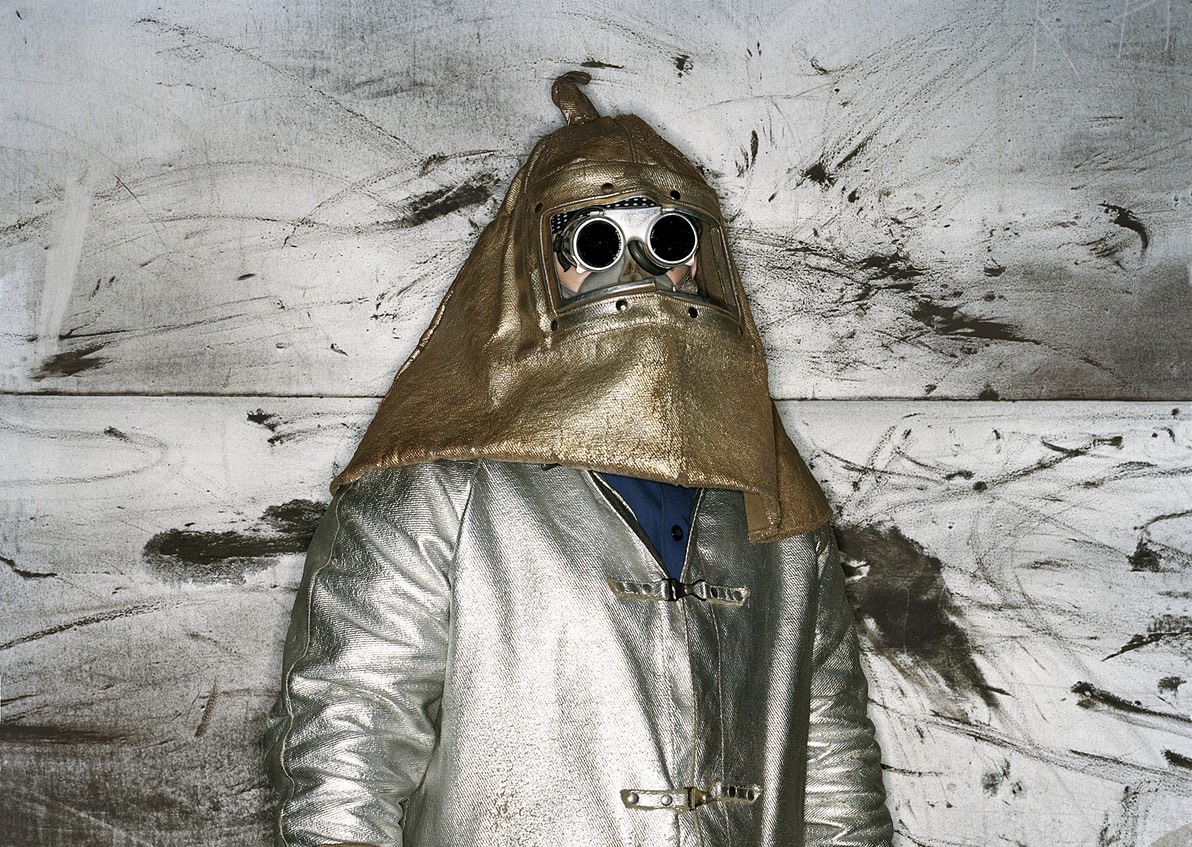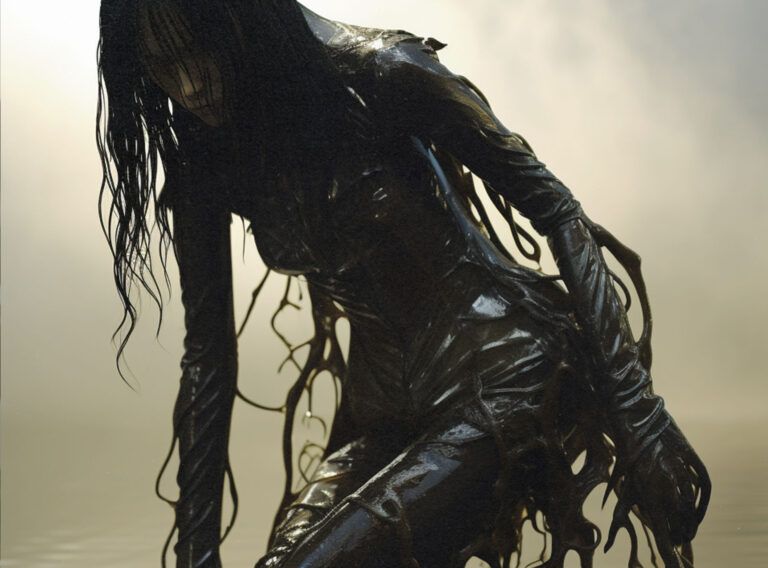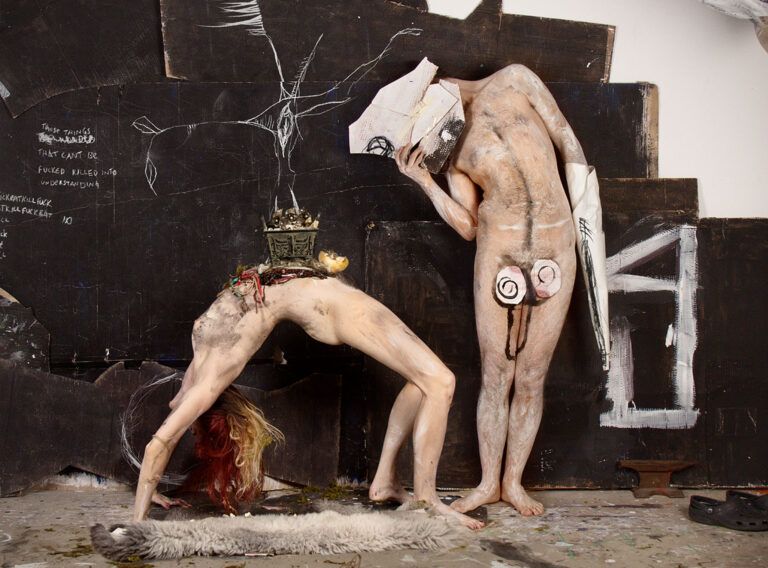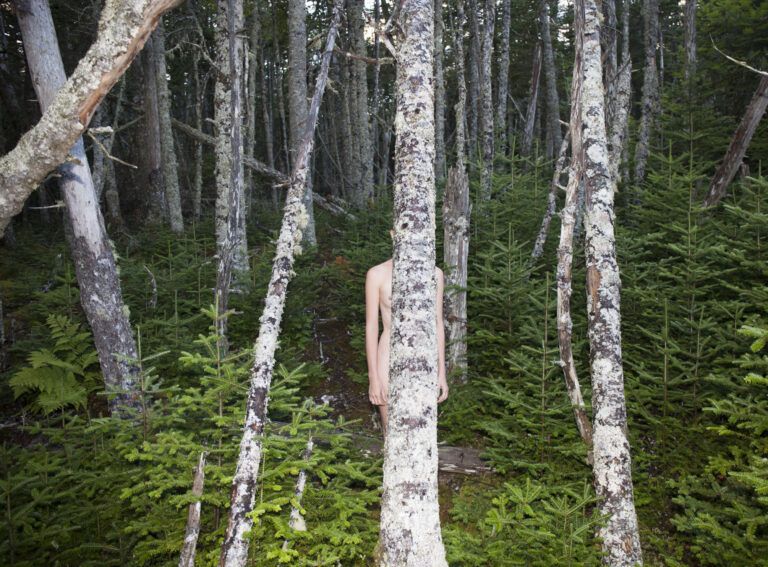An autodidact photographer, Jirásek has been active on the Czech art scene for over 30 years. One of his most famous works, INDUSTRIA from 2006, maps the final life stages of “cathedrals of work” – industrial complexes and iron or metal works of the cities of Blansko, Třinec, Kladno and others. According to Petr Nedoma, the curator of Jirásek’s first exhibition of INDUSTRIA in 2006: “These were the symbols of progress since the first half of the 19th century and, subsequently, they played a crucial but ambiguous role in the ideology and propaganda of the communist regime.”
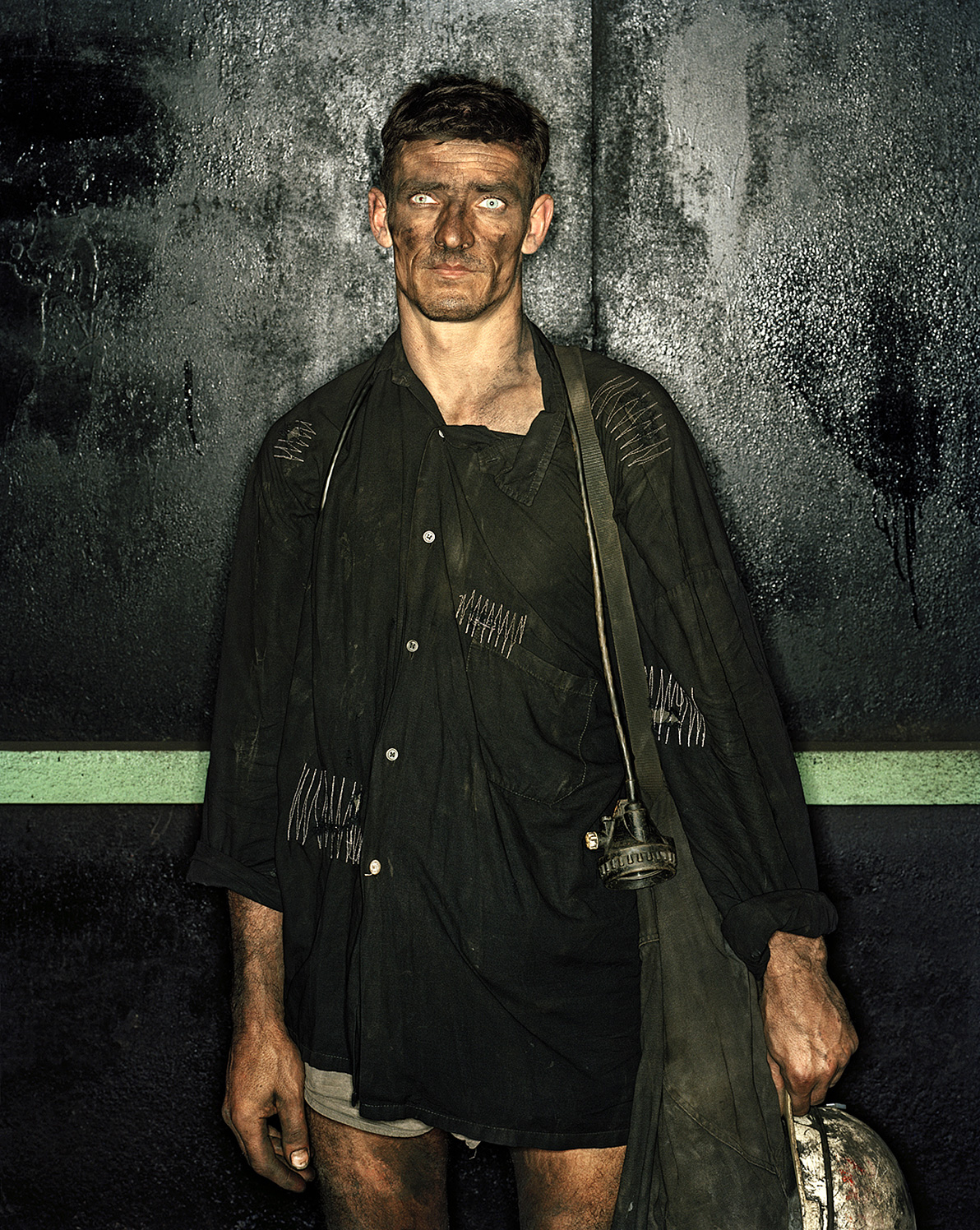
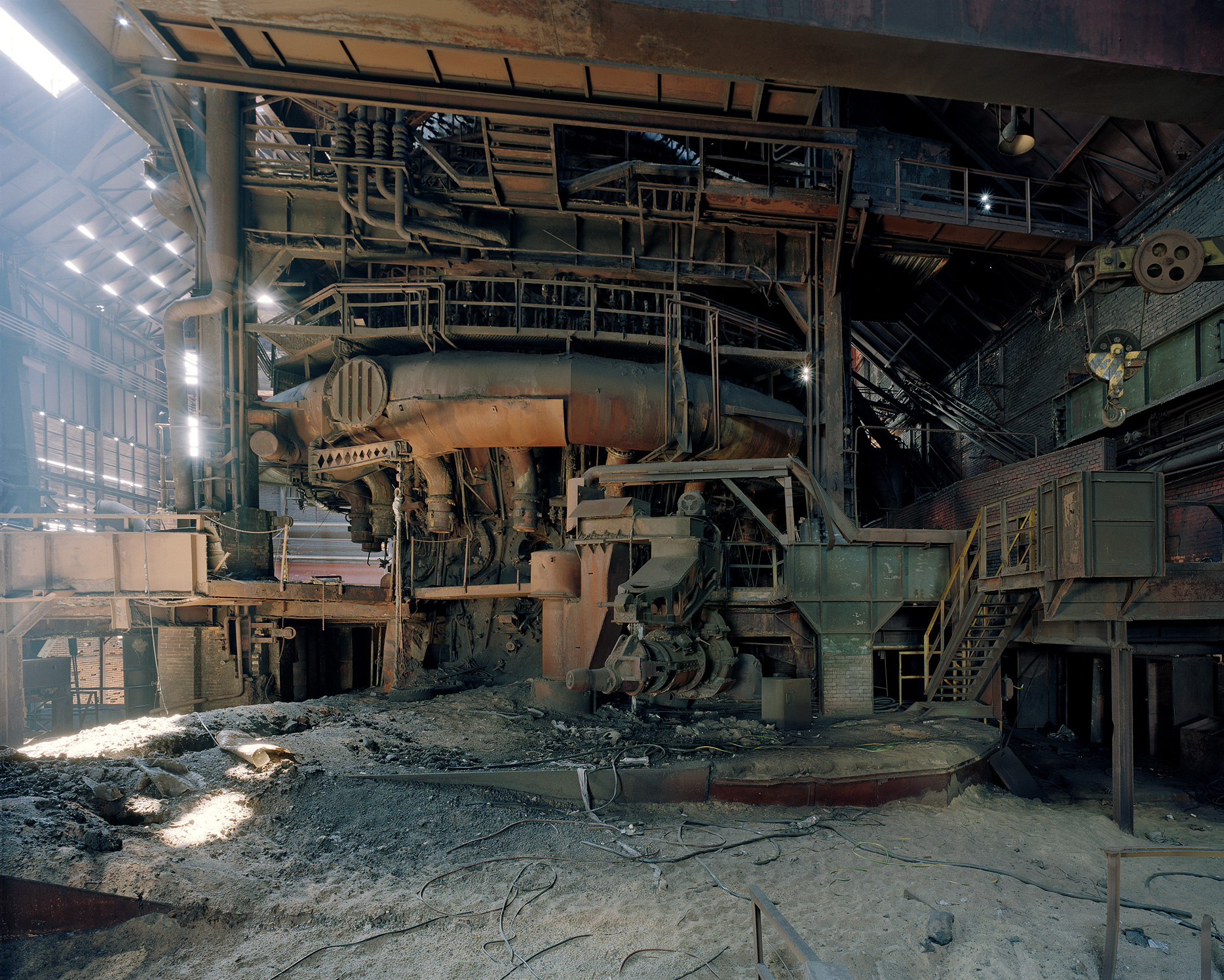
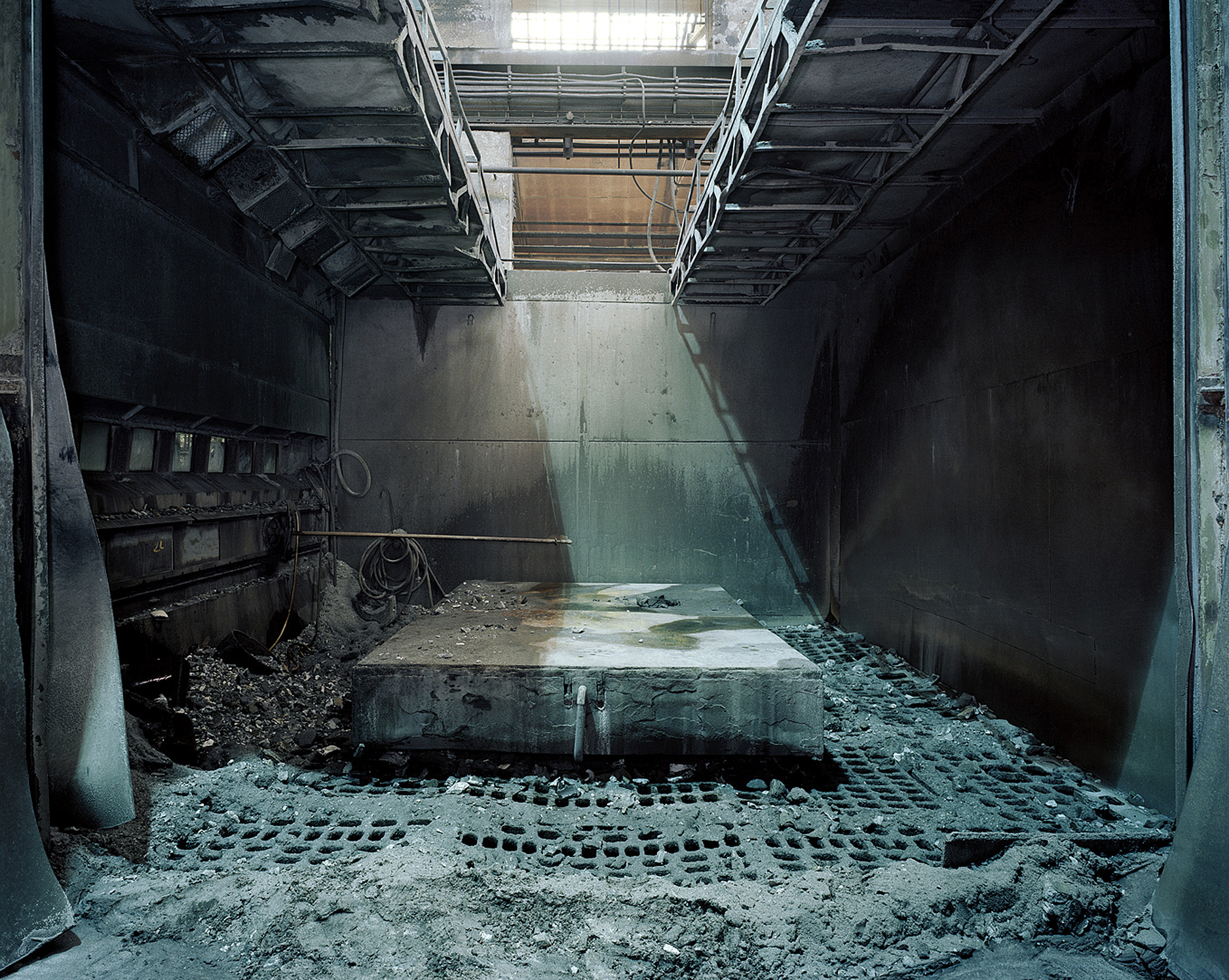
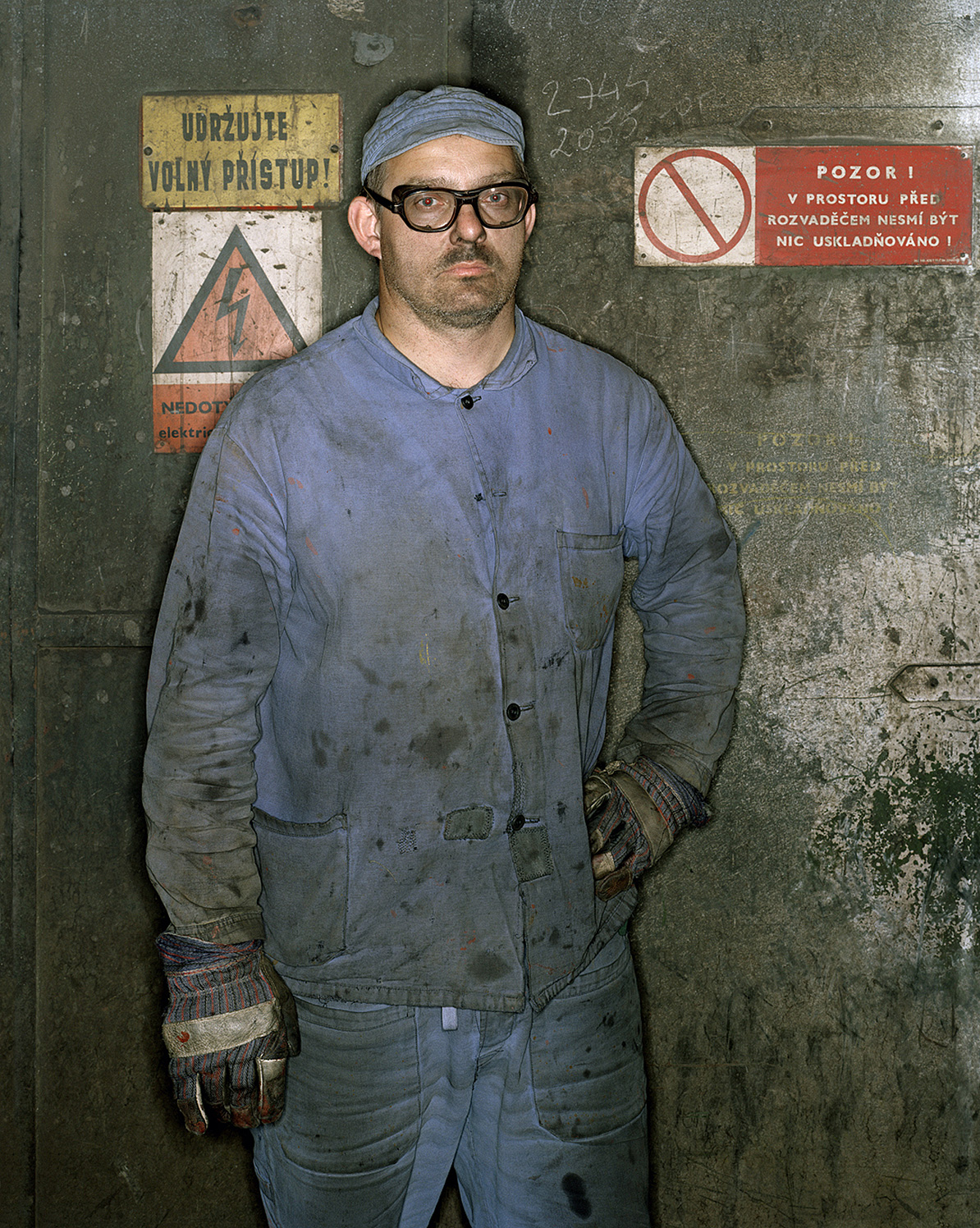
Jirásek’s pictures portray a glorious dream and past visions that have gone to waste. The soot- and grime-stained dusty halls, silent machines, and abandoned tools and worker breakrooms bear a memorial to a Europe long gone, heritage with a red-hot blazing heart that is dying out. Ben Lewis notes in his ‘Obituaries to the Industrial Age’ that Jirásek doesn’t “stage” his shots but has a brilliant eye for perspective: “The relationship between photography and other forms of contemporary art today is like the relationship between sculpture and painting in 16th-century Florence. Each learns from the other. Each uses the other to realise ‘the next step’. They hop over each other. […] Jirásek is playing this game too, but in his own way. Like Andreas Gursky, he follows a strategy of looking for real spaces that conform to the ‘rules’ of contemporary art. But while Gursky searches for the classic pictorialism of the 19th-century panorama or colour-field or minimalist painting, Jirásek is looking for ‘installations’ in the real world. The grid of drawers in a large tool cupboard, rows of lockers, the geometric frame of a stepladder recall the industrial aesthetic of Sol LeWitt, Robert Morris and Carl André.”
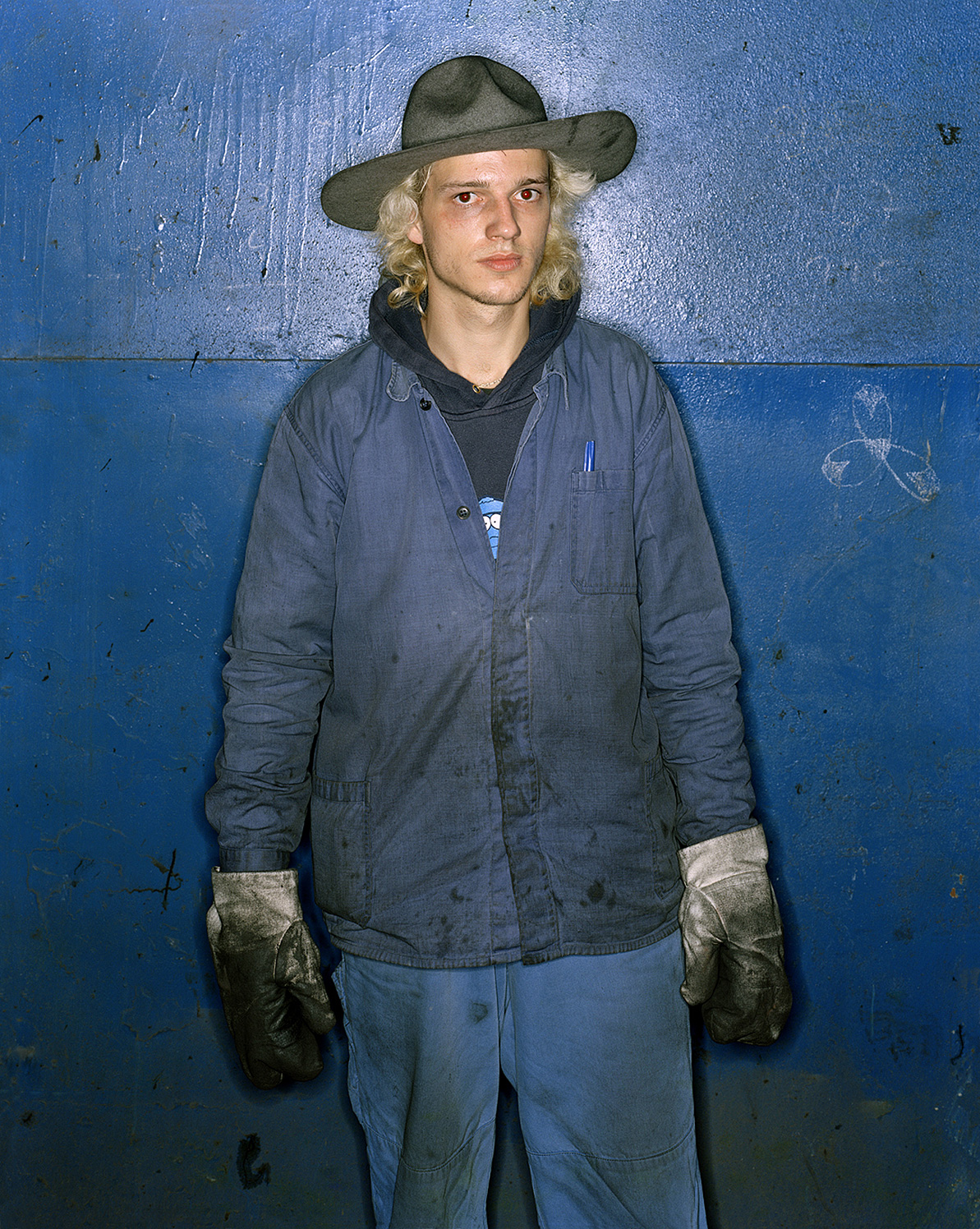
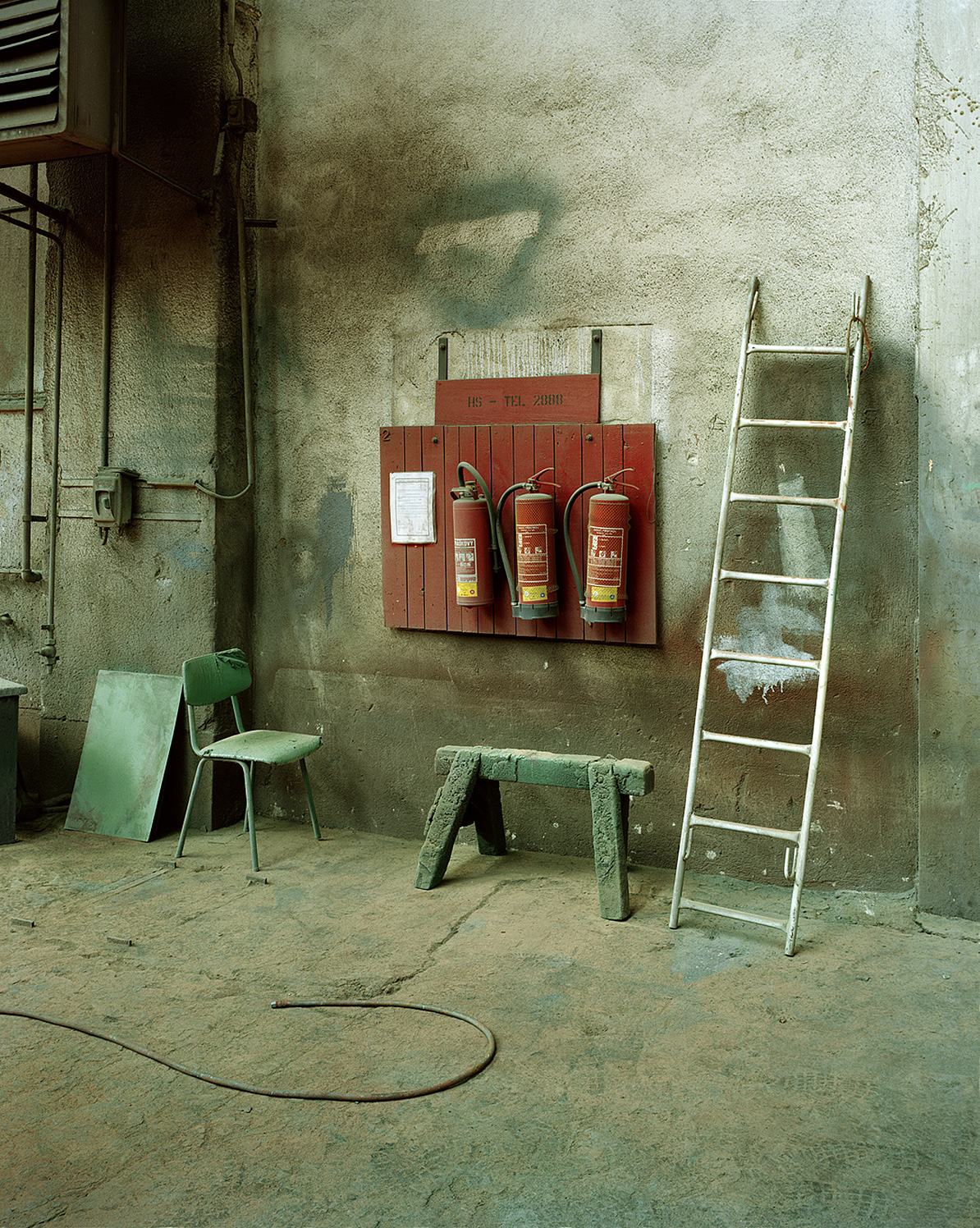
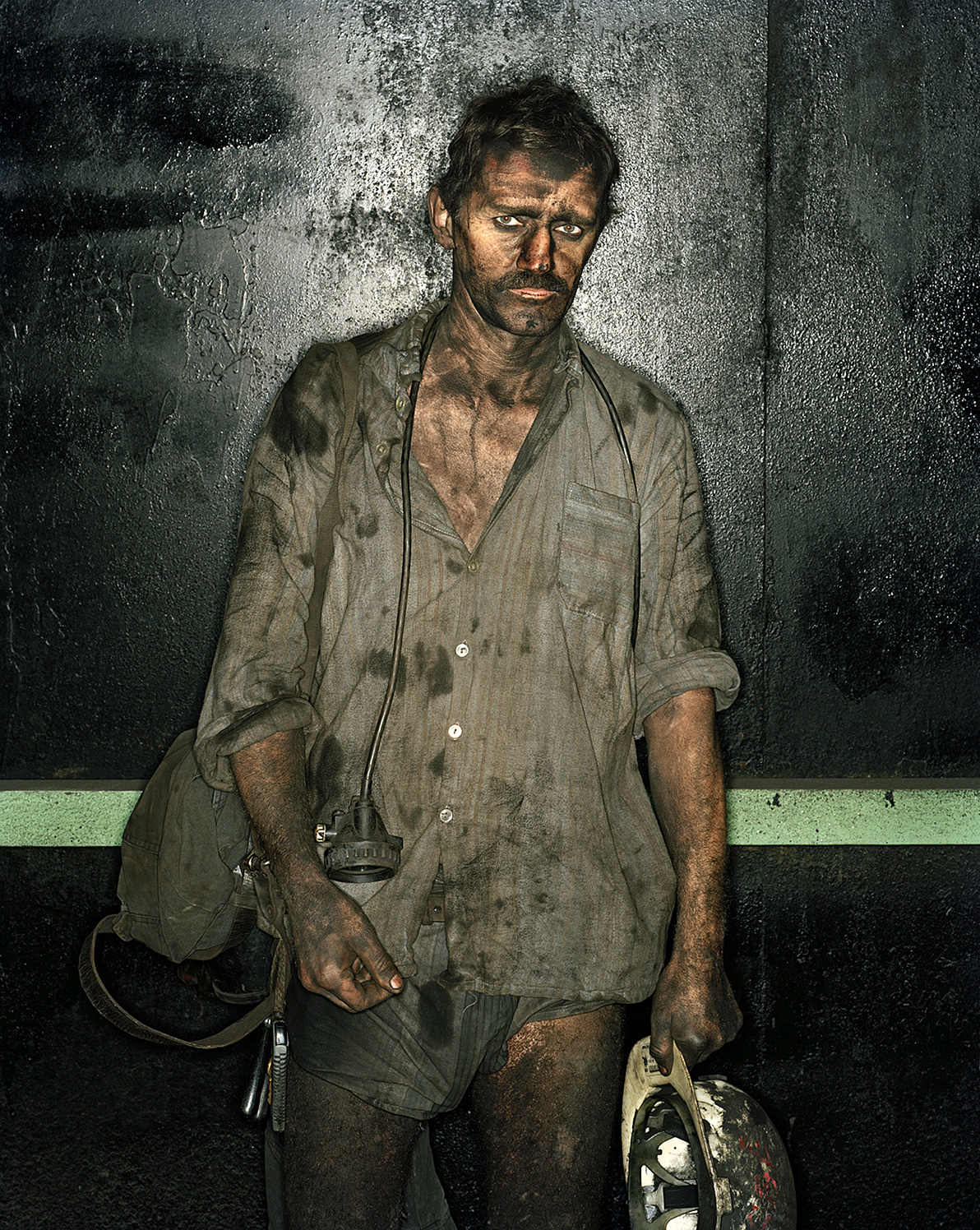
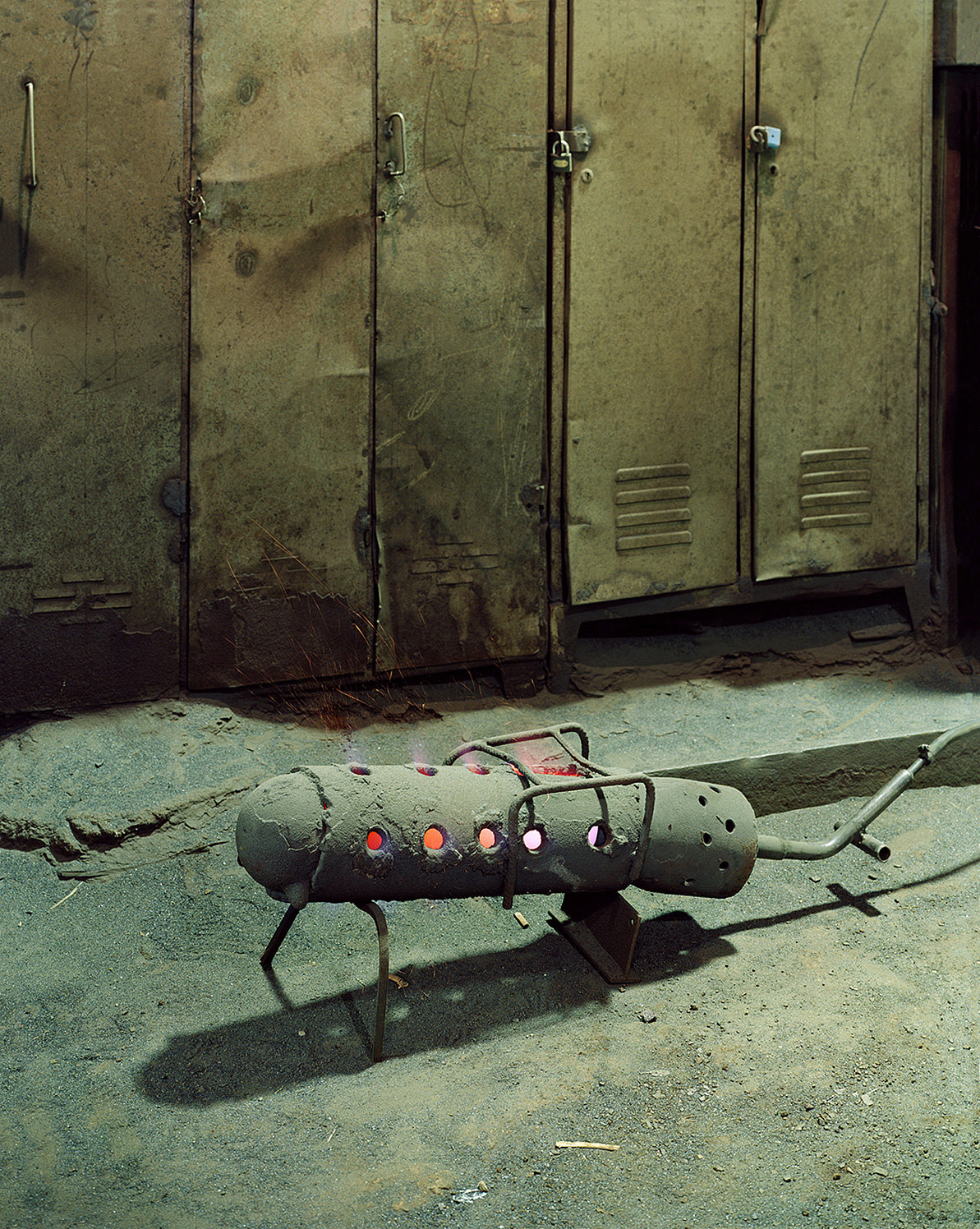

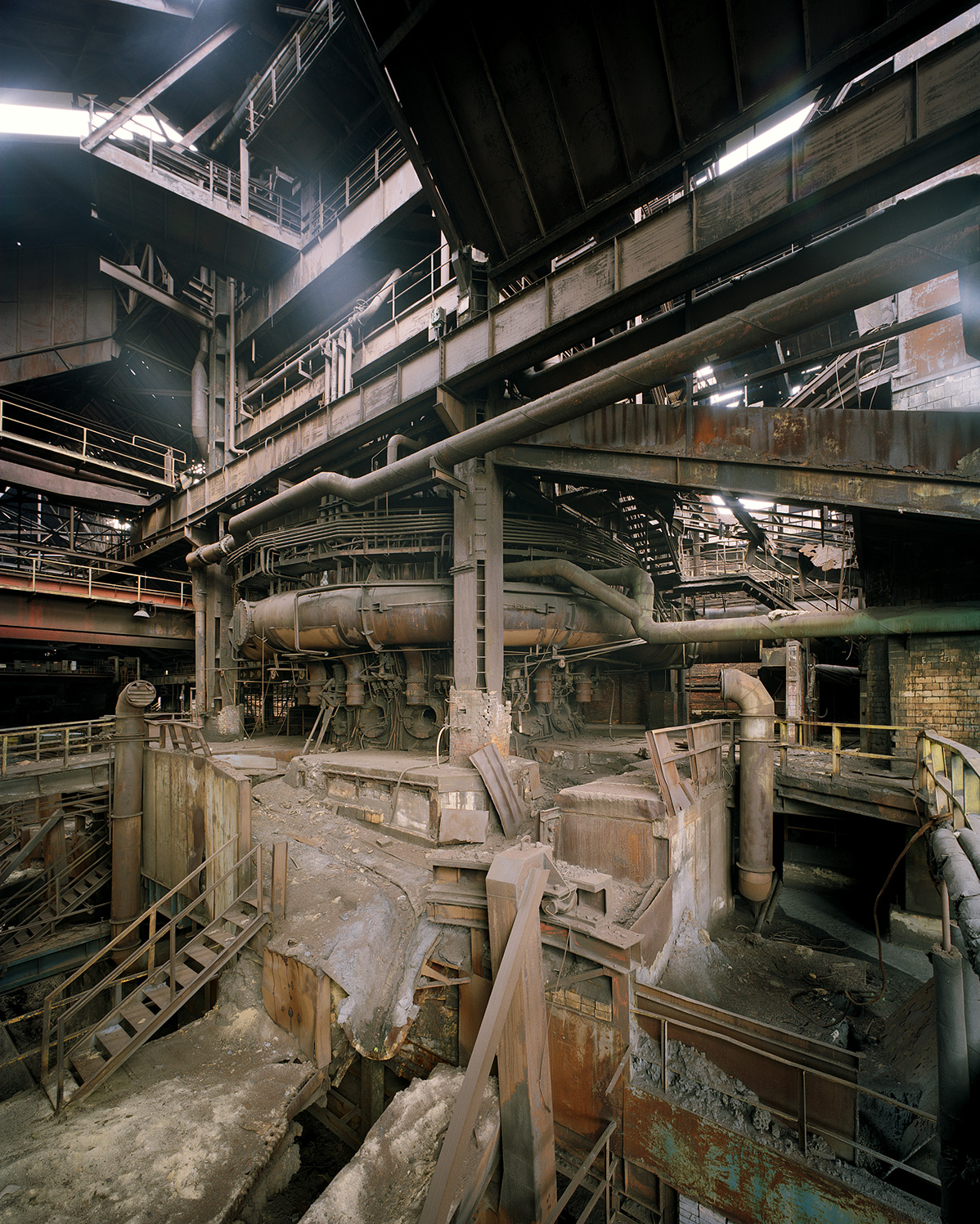
Nedoma further comments that nowadays, the sentiment and aesthetic of these spaces have taken another form. “Today’s enchantment with ‘factory look’ in modern architecture, manifesting in reconversions, reconstructions and revitalisations of factory halls is a reaction to spiritualisation of spaces that have played an important role in igniting of revolutionary processes, which destroyed many a cultural value of the past that we still nostalgically remember. In this aspect, the whole [INDUSTRIA collection], even though it captures a short final period, arches over more than one hundred years of crucial moments of European history.”
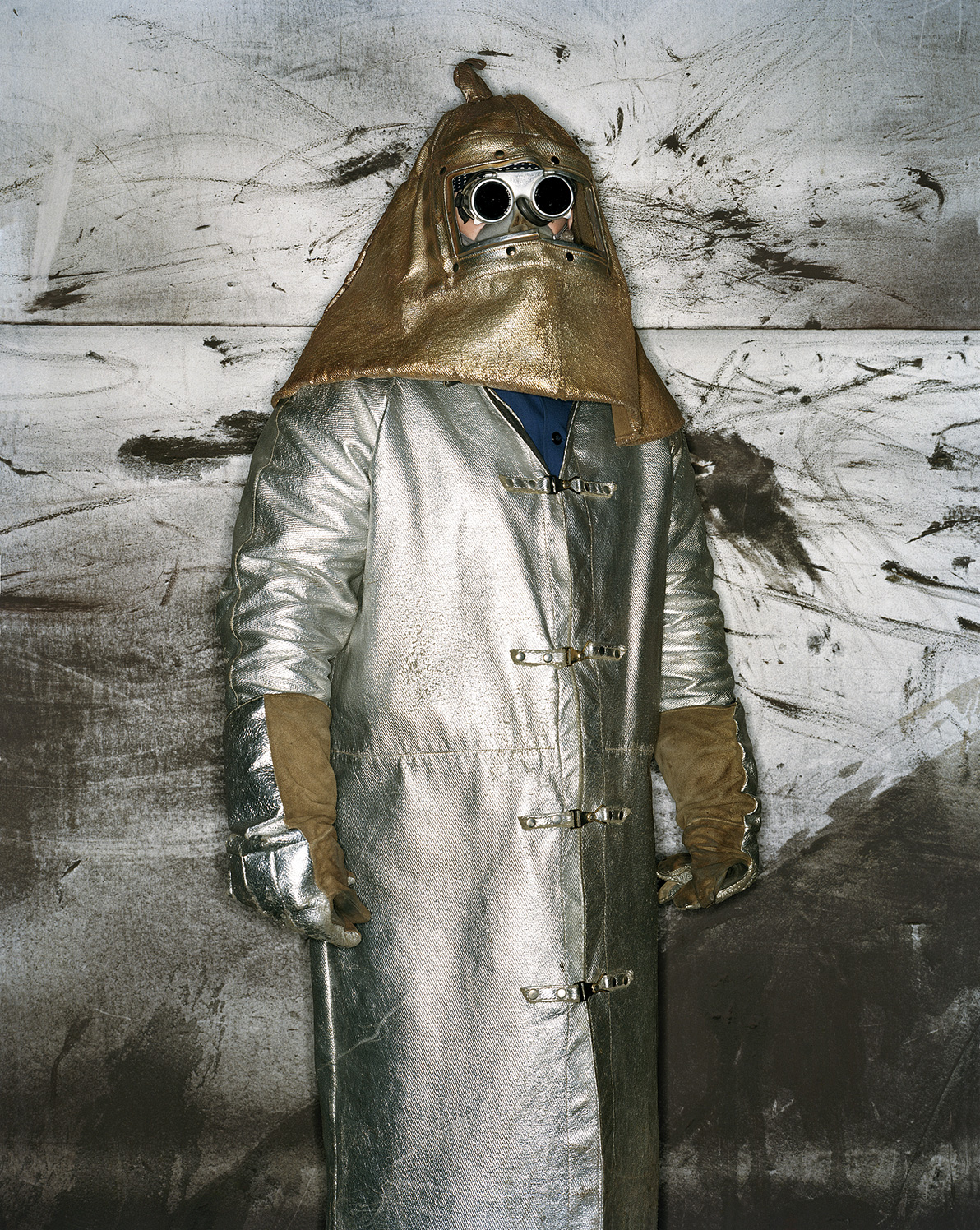
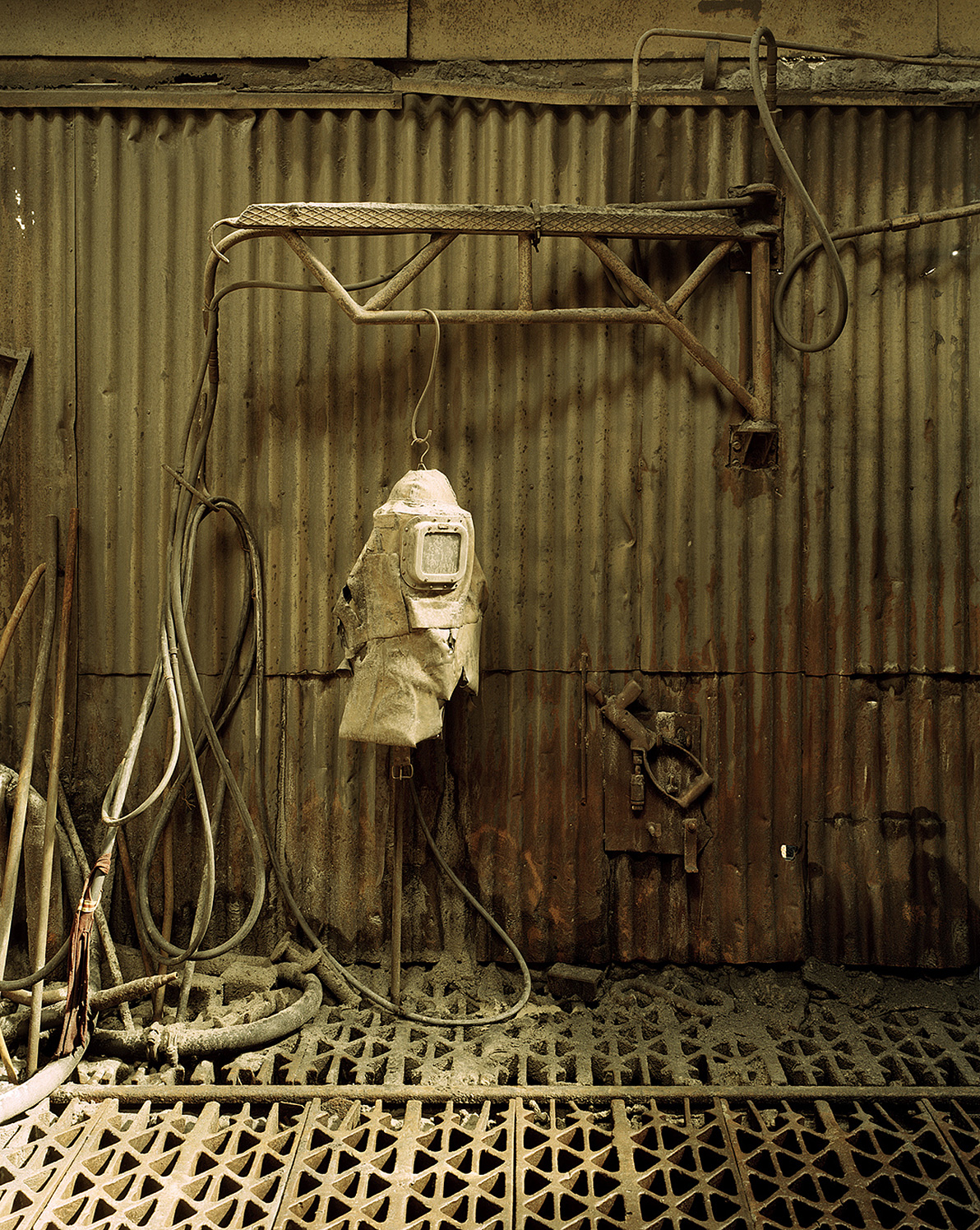
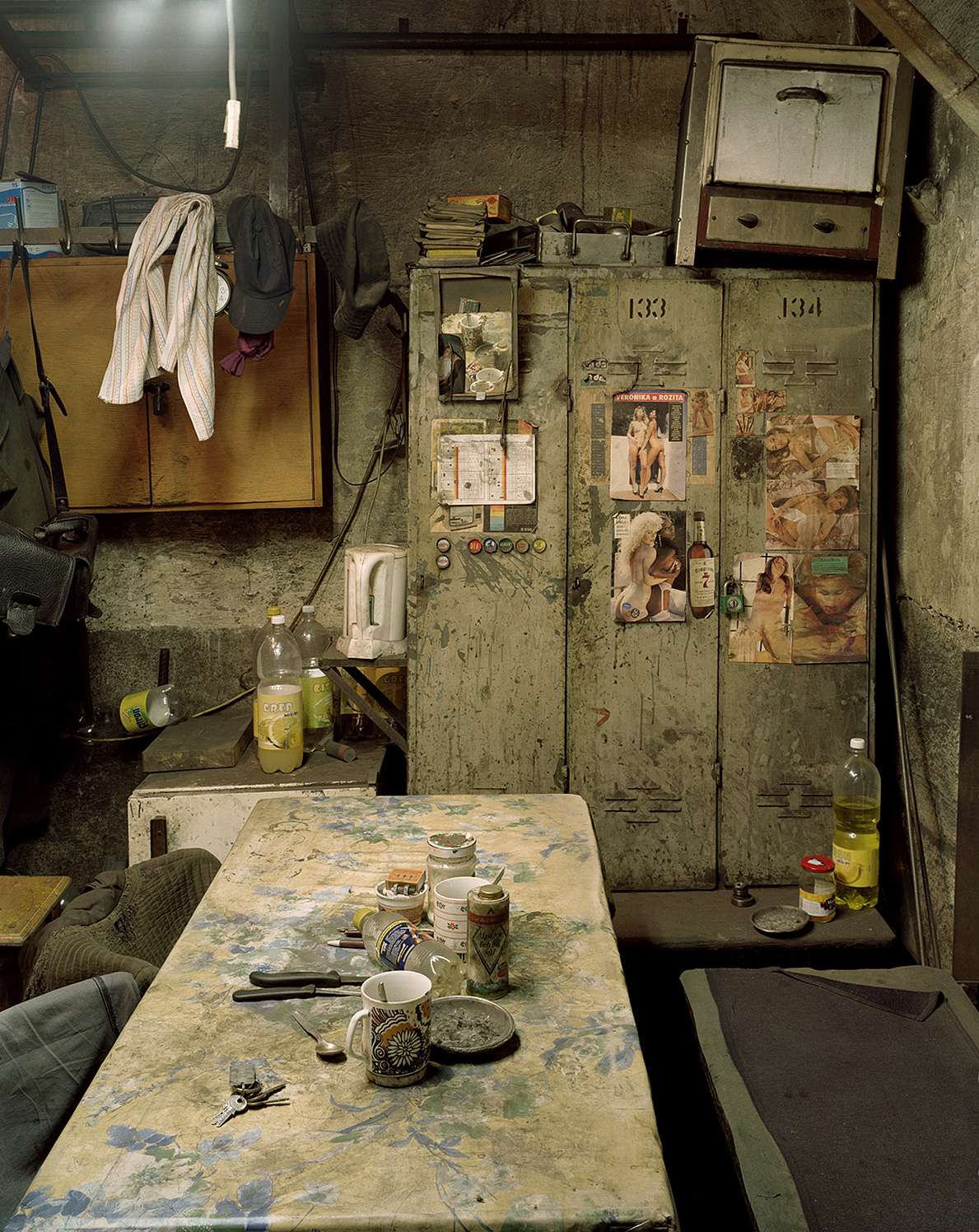
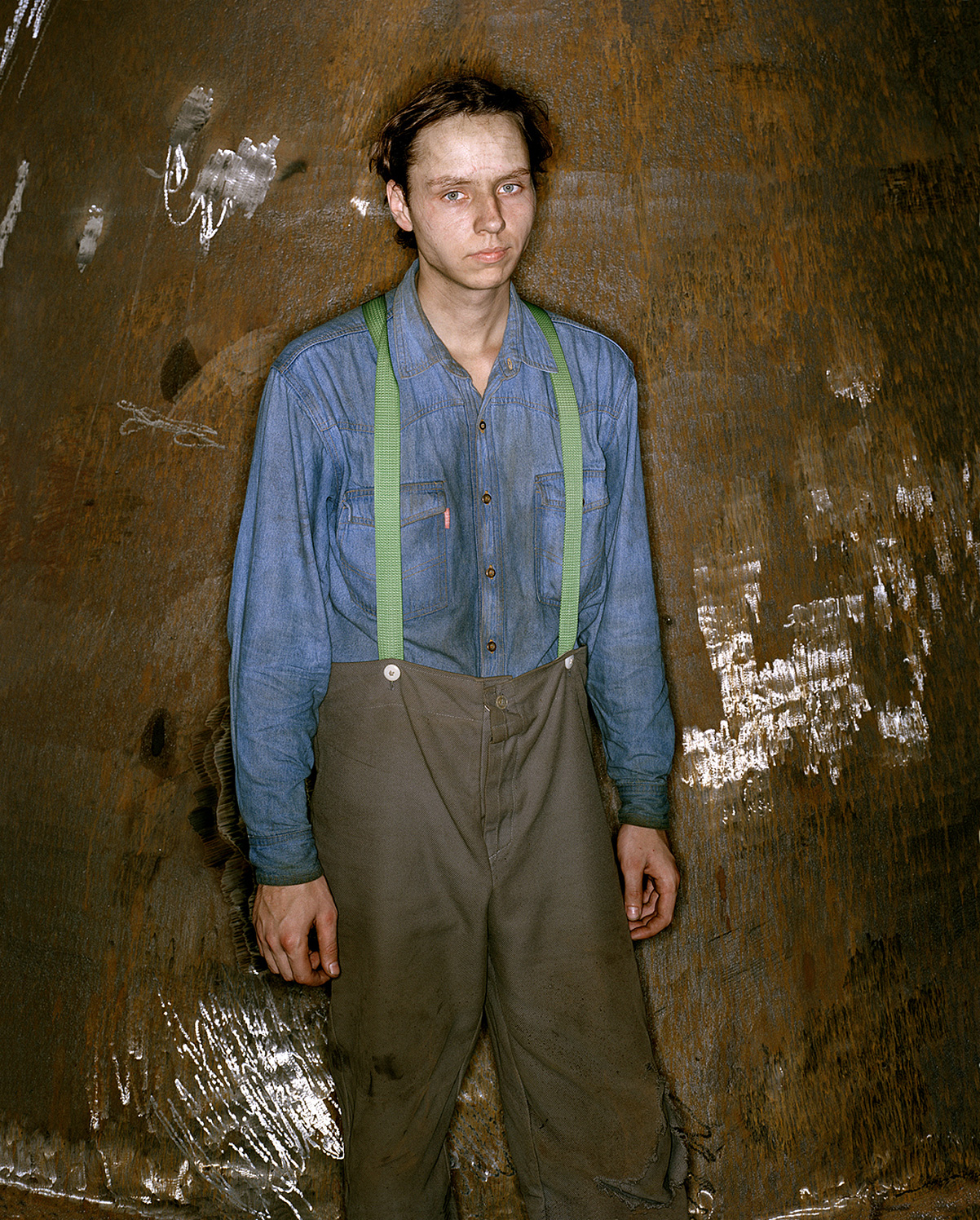
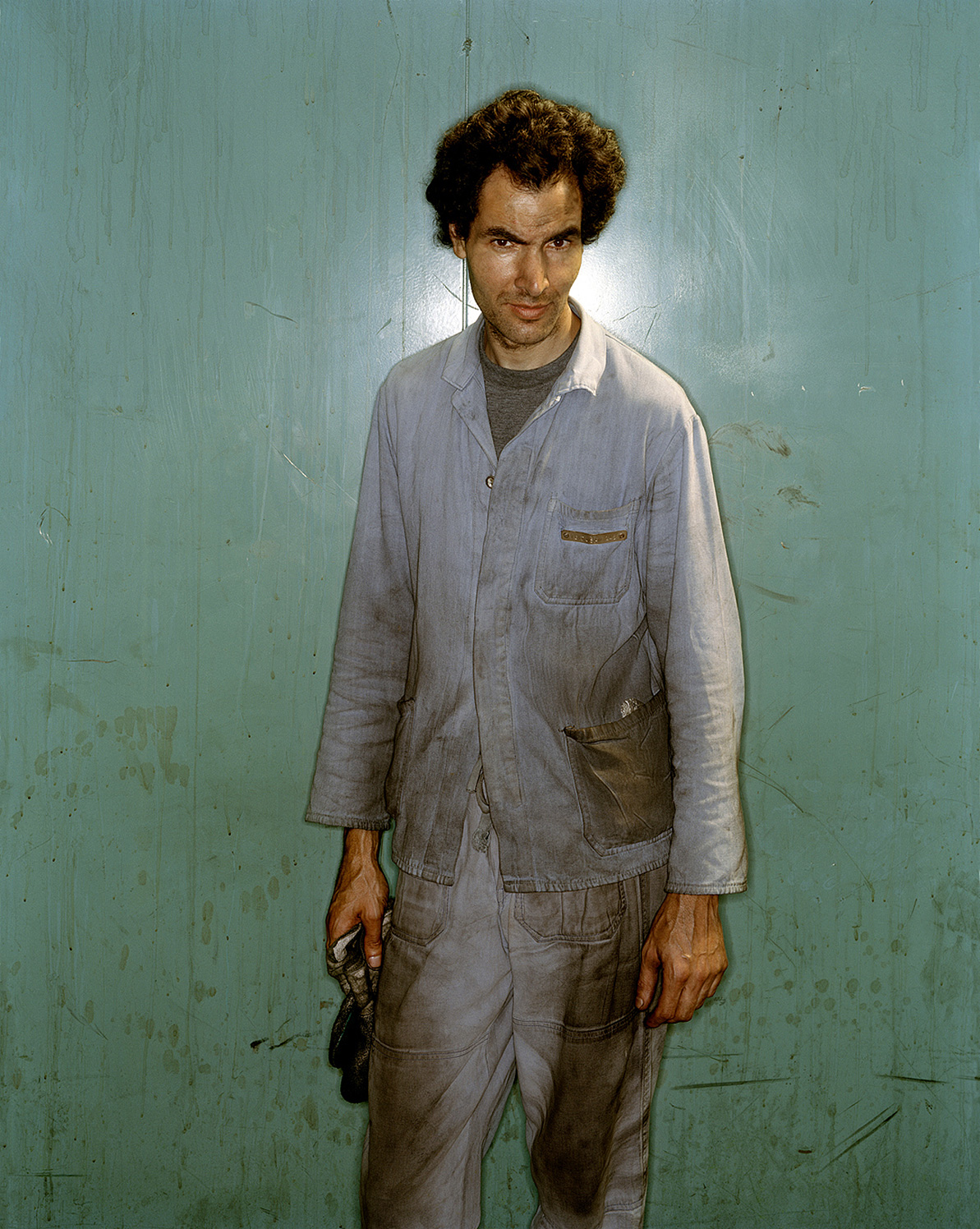
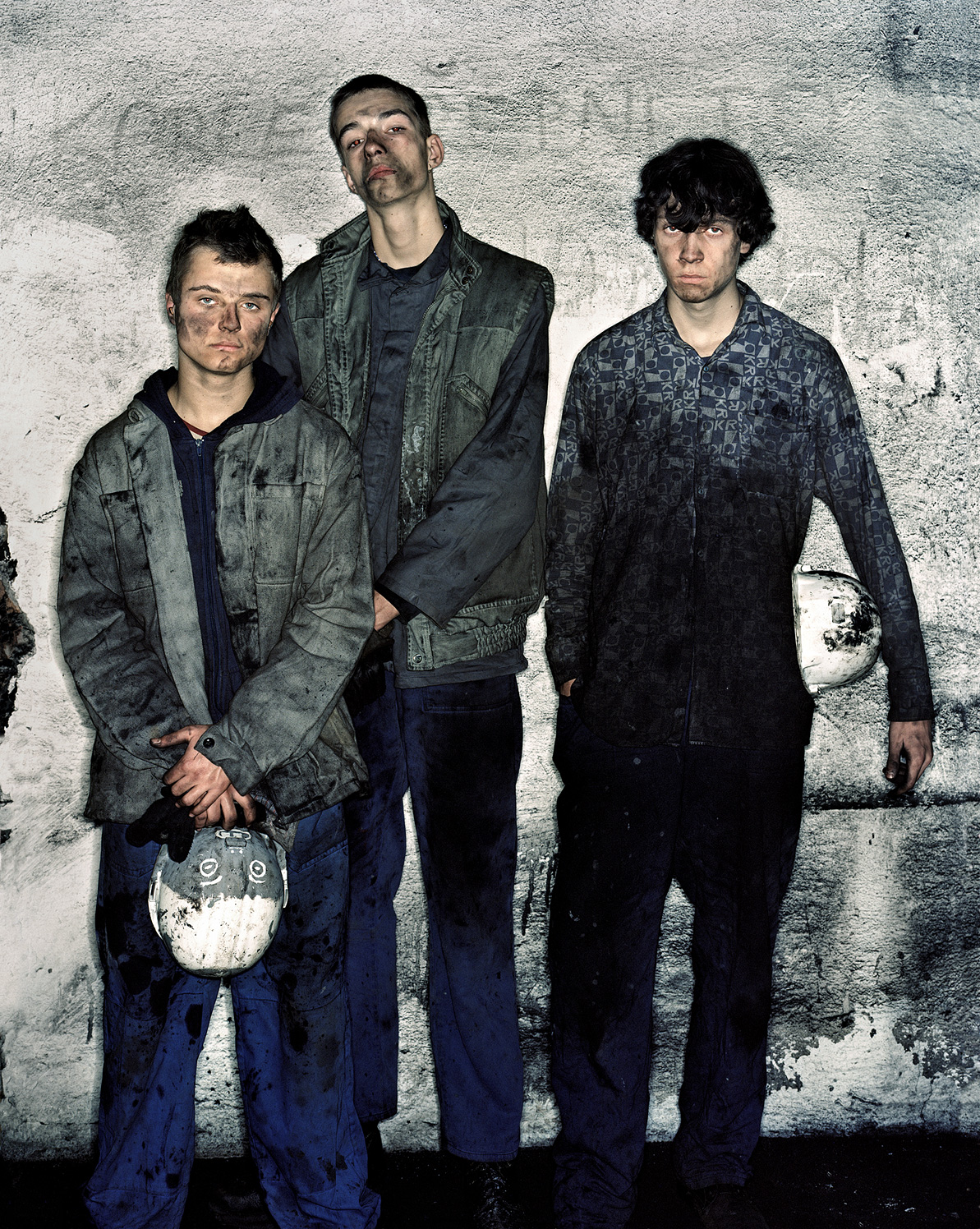


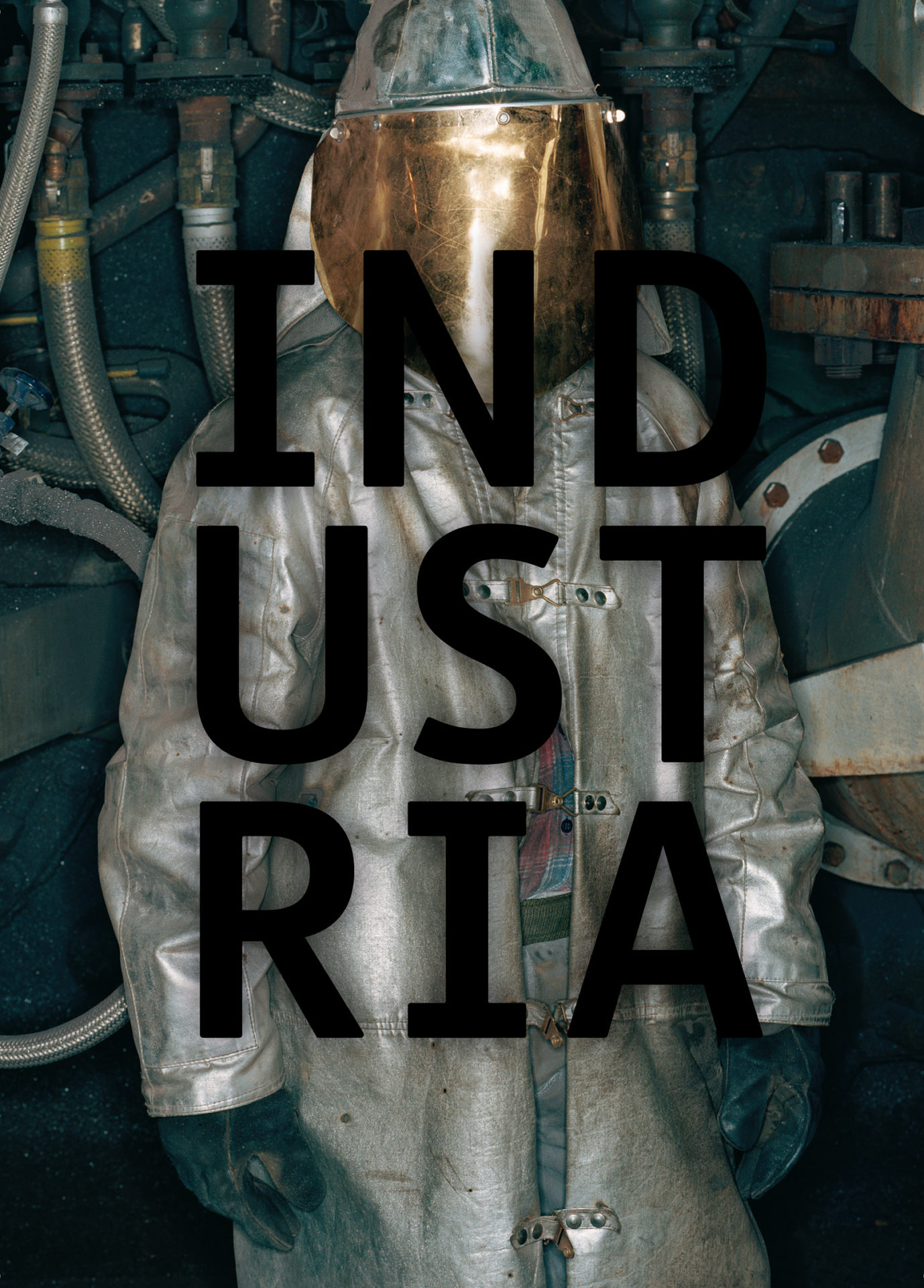
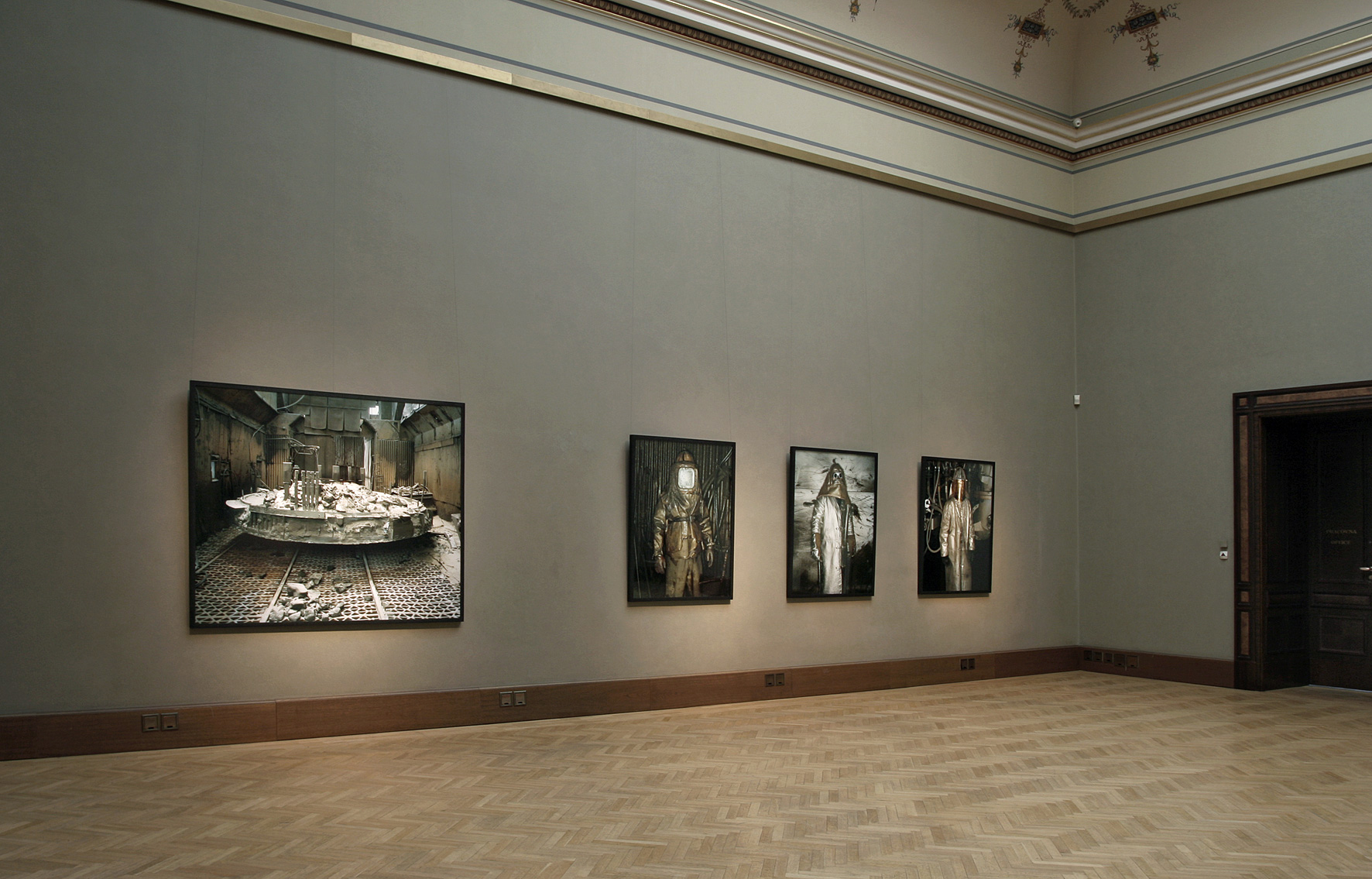
BIO / Václav Jirásek was born in 1965, graduated from Dalibor Chatrný’s Used Graphic studio at Highschool of Art and Design in Brno and, subsequently, from the Painting atelier at Academy of Fine Arts in Prague, led by Jiří Načeradský. Between 1989-1993, he was a founding member of Brotherhood, a Czech group of photographers curiously inspired by European romanticism, Ruskin, Pre-Raphaelites, medieval art, totalitarian propaganda and iconography of British 80s pop music. He predominantly works with photography without thematic focus but the common motive of his works is the interest in mystery, masks, irony, new document, decadence and art recycling.For more of Jirásek’s works and collections, visit his website.
Artwork / Václav Jirásek
